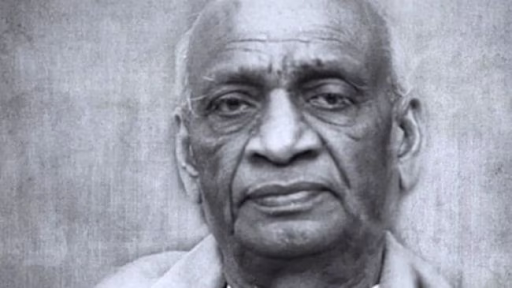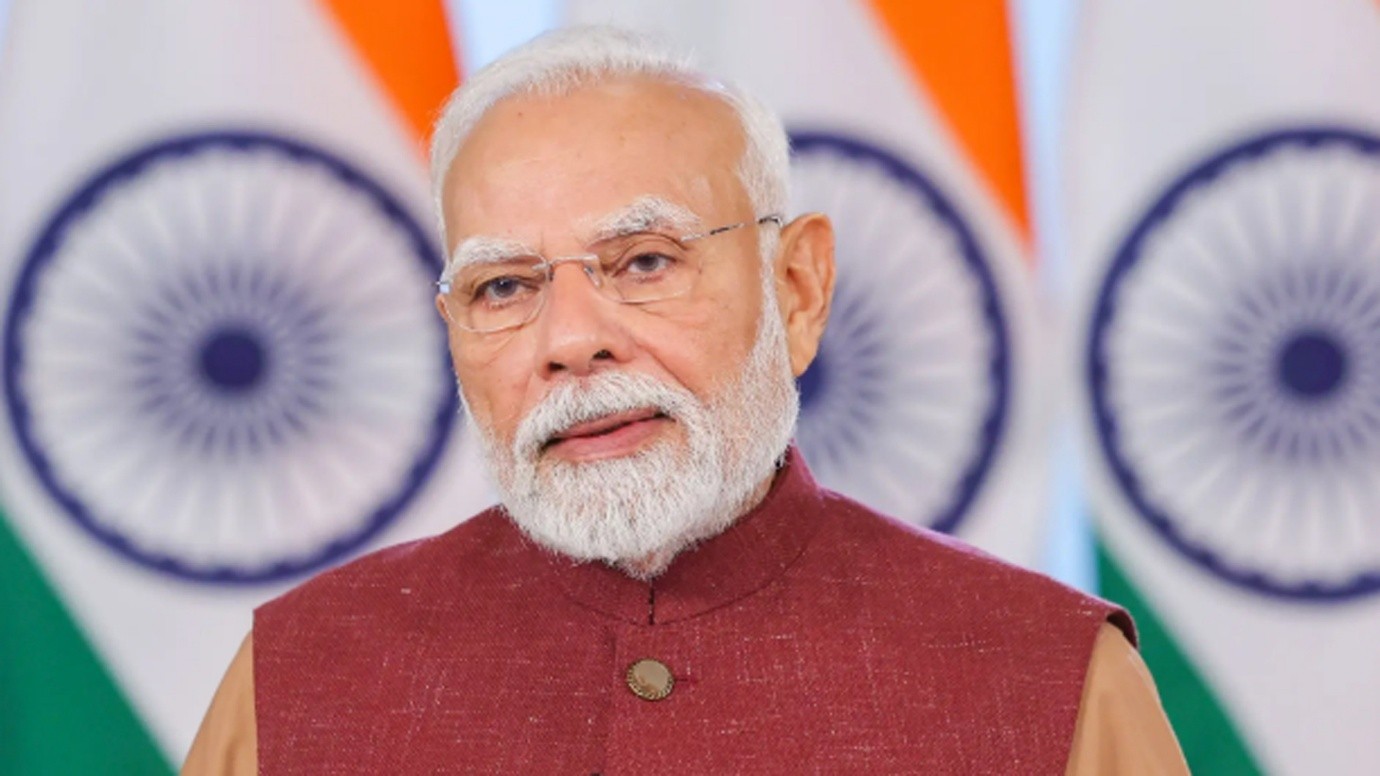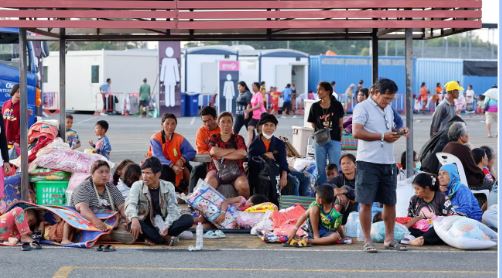



National Unity Day on October 31 celebrates Sardar Vallabhbhai Patel’s 150th birth anniversary and his remarkable role in uniting over 560 princely states. His vision of a strong, integrated India continues to inspire citizens to uphold unity, integrity, and harmony in today’s diverse nation.

Copyright infringement not intended
Picture Courtesy: INDIAN EXPRES
India celebrates National Unity Day (Rashtriya Ekta Diwas) on October 31st annually to honor Sardar Vallabhbhai Patel's birth anniversary and his vital role in national unification, a tradition established in 2014.
Sardar Vallabhbhai Patel (1875-1950) was a leading figure in the Indian independence movement, a senior leader of the Indian National Congress, and a barrister.
He served as India's first Deputy Prime Minister and first Minister of Home Affairs.
Patel, known as the "Iron Man of India" and the "Unifier of India," played a crucial role in integrating princely states into the Indian Union.
Vallabhbhai Patel was born on October 31, 1875, in Nadiad, Gujarat.
He studied law, established legal practice in Ahmedabad, gaining a reputation for his sharp intellect and formidable advocacy skills.
Inspired by Gandhi's philosophy and leadership, especially during the Champaran Satyagraha, he joined the freedom struggle.
Kheda Satyagraha (1918)
Patel played a crucial role alongside Gandhi in organizing the Kheda Satyagraha, a non-violent protest against the collection of land revenue from drought-affected farmers in Gujarat.
Nagpur Flag Satyagraha (1923)
He led the Flag Satyagraha in Nagpur, asserting the right to hoist the national flag and defying the British administration.
Bardoli Satyagraha (1928)
This movement protested the arbitrary 22% increase in land revenue imposed by the British.
Under Sardar Patel's leadership, the farmers successfully resisted British tax increases through a non-payment movement, leading the government to withdraw the increases.
This event solidified his reputation as an astute negotiator and a powerful leader of agrarian movements.
Municipal Governance
As President of the Ahmedabad Municipal Corporation (1924-28), Patel initiated urban reforms, improving sanitation, education, and civic infrastructure, demonstrating his administrative capabilities.
Non-Cooperation Movement and Civil Disobedience Movement
He actively participated in the Non-Cooperation Movement (1920-22), traveling across Gujarat to recruit members for the Indian National Congress and collect funds.
He was a strong proponent of the Civil Disobedience Movement. Though not part of the core group on the Dandi March, he played an organisational role.
Role in Congress
He served as the President of the Indian National Congress at Karachi session in 1931, where the resolution on Fundamental Rights and National Economic Programme was adopted.
Quit India Movement (1942)
Sardar Patel demanded immediate independence and rallied public support through powerful speeches, leading to his arrest alongside other leaders.
Negotiations and Partition
He was one of the first Congress leaders to accept the Partition of India as a necessary evil to prevent further communal violence and civil war, and played a key role in independence negotiations.
Integration of Princely States
Sardar Patel integrated 562 princely states into India, preventing Balkanization through statesmanship, persuasion, and force (Junagadh, Hyderabad), earning him the title "Iron Man of India."
He utilized the "Instrument of Accession" and "Standstill Agreements" to facilitate the integration, ensuring the territorial integrity of the newly independent nation.
|
Case Studies Junagadh: The Nawab of Junagadh, a state surrounded by Indian territory, opted to join Pakistan. Patel successfully resolved the issue through a plebiscite in February 1948, where the majority voted to join India. Hyderabad: The Nizam of Hyderabad initially resisted accession, aiming for an independent status. Patel initiated "Operation Polo" in September 1948, a police action that integrated the state into India. Jammu & Kashmir: Patel supported Maharaja Hari Singh's Instrument of Accession in October 1947, aiding defense against Pakistan, and providing logistical support. |
Architect of the All India Services
Sardar Patel is known as the "Patron Saint" of India's civil services due to his strong belief in a unified and impartial administrative structure as crucial for national integrity.
His vision led to the establishment of the All India Services (IAS and IPS), which he called the "Steel Frame" of India.
He believed these services would ensure administrative continuity, efficiency, and national integration, free from political interference.
Role in Constitution Making
Chairman of the Advisory Committee on Fundamental Rights, Minorities, and Tribal and Excluded Areas in the Constituent Assembly.
He advocated the inclusion of fundamental rights and worked towards safeguarding minority rights while ensuring national unity remained paramount.
His pragmatic approach helped balance diverse interests within the constitutional framework.
Economic Vision
Patel advocated for a mixed economic system, promoting industrial growth and the cooperative movement, especially in agriculture and dairy.
He emphasized self-reliance and the importance of a strong economic foundation for national sovereignty.
Sardar Vallabhbhai Patel's legacy of leadership, national unity, and statesmanship continues to inspire India, and National Unity Day celebrates his values to promote a strong and inclusive nation.
Source: INDIAN EXPRESS
|
PRACTICE QUESTION Q. Analyze the role of Sardar Vallabhbhai Patel in the political integration of princely states into the Indian Union. 150 words |
The Bardoli Satyagraha of 1928 was a peasant movement led by Sardar Vallabhbhai Patel against an arbitrary increase in land revenue. Patel organized a non-violent tax boycott, leading to the government reducing the tax hike. His successful leadership earned him the title "Sardar" and increased his national prominence.
Hyderabad, a large, rich state with a Muslim ruler (Nizam) but a majority Hindu population, aimed for independence. Following a breakdown in negotiations and internal unrest, India launched "Operation Polo," a military action in September 1948, to integrate the state.
The Instrument of Accession was a legal document through which the rulers of the princely states agreed to join the Dominion of India. The agreement initially required them to cede control only over defence, external affairs, and communications.




© 2025 iasgyan. All right reserved